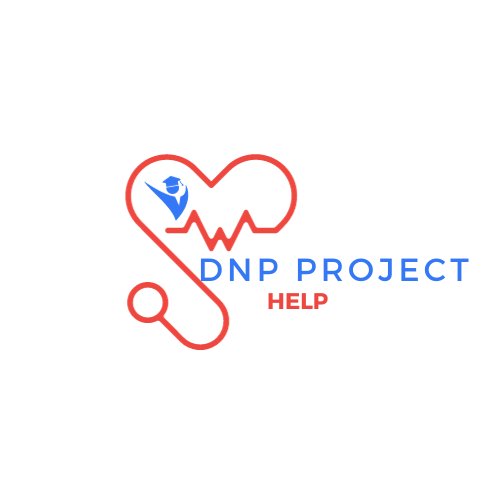
Course Description:
This class adds to what you already know about how diseases work in the body and how they impact people of all ages. It highlights the many roles nurses play in promoting health and managing and preventing diseases. These roles cover various aspects like biology, environment, social factors, psychology, and spirituality. The course also combines nutritional and pharmacological ideas, encouraging you to think critically and apply nursing strategies. To take this course, you need to complete NRS-420 first.
NRS-455 – Case Studies: Indirect Care Experience Hours
The RN-BSN program at Grand Canyon University meets the requirements for clinical competencies as defined by the Commission on Collegiate Nursing Education (CCNE) and the American Association of Colleges of Nursing (AACN), using both direct and indirect care experiences for practicing nurses. This course requires students to complete 15 hours of indirect care experiences involving chronic disease care through the evaluation of patient information, formulating a conclusion based on assessment findings, and supporting chronic disease care through the development of a health promotion and restoration teaching plan for the patient.
Assignment: NRS-455 – Case Studies: Indirect Care Experience Hours
Complete the table below by indicating the date each required activity was completed and submit it in the digital classroom in Topic 3.
| Date Completed | Hours | Indirect Care Experiences and Activities |
| 5 hours | Case Study: Mrs. R. Evaluate clinical manifestations and cardiovascular conditions. Evaluate nursing interventions at the time of admission. Develop a health promotion and restoration teaching plan supporting chronic disease care. | |
| 5 hours | Case Study: Mrs. T. Evaluate clinical manifestations and primary and secondary diagnoses. Evaluate pathophysiological changes in the patient. Identify treatments and support that can be offered to Mrs. T., including the use of the interdisciplinary team, to facilitate effective chronic disease care. | |
| 5 hours | Case Study: Mr. D. Evaluate clinical manifestations and functional health problems. Evaluate the pathophysiology of renal dialysis. Develop a nursing health management and health promotion plan to facilitate effective chronic disease care. | |
| Total | 15 hours |
I, _________________________, have completed the indirect care experience hours required to meet the learning objectives of the course.
Student Signature: __________________________________________ Date: ___________________________________
Topic 1 DQ 1
Title: Strategies for Preventing Cardiovascular Disease: A Focus on Coronary Artery Disease (CAD)
Cardiovascular disease stands as a prominent contributor to mortality in the United States, with coronary artery disease (CAD) or atherosclerosis being a prevalent culprit. As of 2018, a staggering 16.5 million individuals over the age of 20 were afflicted by CAD (Regmi & Siccardi, 2023). This condition stems from the accumulation of plaque in the cardiovascular system, resulting in the hardening and thickening of arterial walls, ultimately constricting blood flow (Falkner, 2022). CAD risk is further compounded by comorbidities such as hypertension, hyperlipidemia, and diabetes.
Implementing preventative measures is imperative to mitigate the risk of CAD. Key recommendations encompass dietary modifications, regular exercise, tobacco cessation, and blood pressure management. Emphasis should be placed on heart-healthy diets featuring low sodium intake, heightened fiber consumption, fruits, nuts, lean meats, and fish. Engaging in a consistent exercise regimen that aligns with the recommended 150 minutes of moderate-intensity activity is vital. Given the heightened risk associated with tobacco use, cessation is crucial, with healthcare providers offering support through behavioral and pharmacological interventions (Regmi & Siccardi, 2023). Blood pressure management strategies may involve dietary adjustments or the use of prescribed medications, with adherence to the prescribed regimen being paramount.
In conclusion, addressing the multifaceted nature of CAD through preventative measures is essential for improving cardiovascular health. By adopting lifestyle modifications and effectively managing associated risk factors, individuals can significantly reduce the incidence and impact of coronary artery disease.
References:
Falkner, A. (2022). Pathophysiology: Clinical Applications for Client Health. Grand Canyon University.
Regmi, M., & Siccardi, M. (2023, August). Coronary Artery Disease Prevention. Retrieved from National Library of Medicine: https://www.ncbi.nlm.nih.gov/books/NBK547760/
Must Read:



